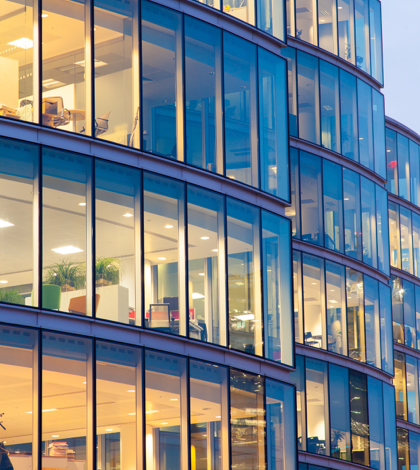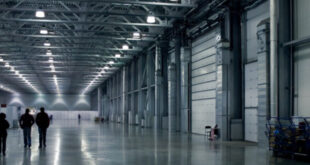Speculative development is still in the future, but absorption is still high and vacancy continues to drop. The market remains an alternative to Los Angeles and Orange counties, but it remains a long way from reaching its potential.
The Inland Empire office market can’t generate any traction.
For the past 10 years, ever since it was all stopped cold by the Great Recession, the office market in Riverside and San Bernardino counties has undergone an agonizingly slow recovery.
But unlike the region’s industrial market, which recovered quickly and today can’t seem to cool off, the Inland Empire office market has had a “one step forward, two steps back” feel to it during the past decade.
This year’s third quarter is an example of that pattern.
On one hand, the average office lease rate at the end of the third quarter was $2.01 per square foot, the first time since the fourth quarter of 2009 that number reached $2.00.
That’s well below Los Angeles and Orange counties – $3.44 and $3.06, respectively.
On the other hand, the region’s absorption rate was negative $106,239 square feet, ending a 16-month streak of positive net absorption.
Much of the space lost was on the west end, the result of large and small move-outs. The University of Phoenix vacated 27,000 square feet in San Bernardino, while Converse Professional Group returned more than 11,700 square feet in Loma Linda, CBRE reported in its third quarter breakdown of the Inland office market.
Also, the region’s office vacancy rate went from nine percent in the second quarter to 8.8 percent in the third quarter, a negligible improvement but better than moving in the other direction. The region’s vacancy rate has been stable for several years, according to CBRE.
In comparison, Los Angeles and Orange County’s vacancy rate during the third quarter were 14.3 percent and 9.9 percent.
“The Inland Empire office market is an affordable option compared to its neighboring markets, and is mainly being driven by government and insurance tenants,” CBRE’s third quarter report stated.
But another calendar year has passed without any speculative office development in either county. So much empty space built before the recession remains available, and enough of it is being absorbed, that developers have no incentive to build, CBRE’s report noted.
Speculative development is considered one sign of a strong market in any commercial sector, but construction of an office building without a signed tenant in the Inland region isn’t likely to happen soon, one Inland broker said.
“I can’t see it, because our lease rates don’t justify it and it would cost too much to build,” said Kyle Yocum, a vice president and office specialist with CBRE Ontario. “It would be too expensive.”
Another factor that might not be getting enough attention are changes to the traditional office structure, which is going away in many markets, according to Yokum.
“You go into a lot of offices now and only a few executives have offices, and those are only 12 feet by 12 feet,” Yokum said. “Everyone else gets a cubicle. And more people are working out of the house than ever before. In a lot of places there isn’t as much demand for office space as there used to be.”
But the Inland office market is still performing reasonably well and should continue to improve in 2020, said Rick Lazar, senior vice president with Lee & Associates Riverside.
Demand for Class A space remains high, lease rates should either stay the same or improve slightly and the region’s office vacancy rate should drop to six to seven percent in 2020, Lazar predicted.
“There’s a lot of office activity in the Inland Empire right now,” said Lazar, an office broker in the Inland Empire for more than 20 years. “It’s nothing like the industrial market, but the empty space is being absorbed. That’s the most important thing.”
Medical office development will drive the Inland office market for the next 10 to 20 years, mostly because of Baby Boomers who are retiring and becoming eligible for Medicare, Lazar said.
“That’s the thing to keep an eye on,” Lazar said. “There is tsunami building in that sector, and it’s only going to keep growing.”
 IE Business Daily Business news for the Inland Empire.
IE Business Daily Business news for the Inland Empire.


